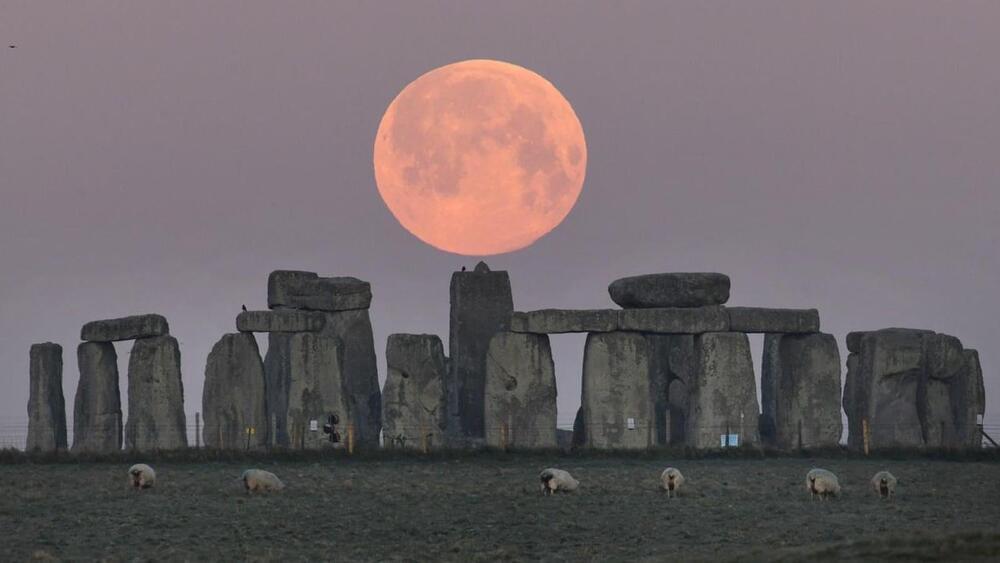An unusual approach to spotting tiny asteroids uses James Webb Space Telescope data in a boost for planetary defense research.
Category: space – Page 148
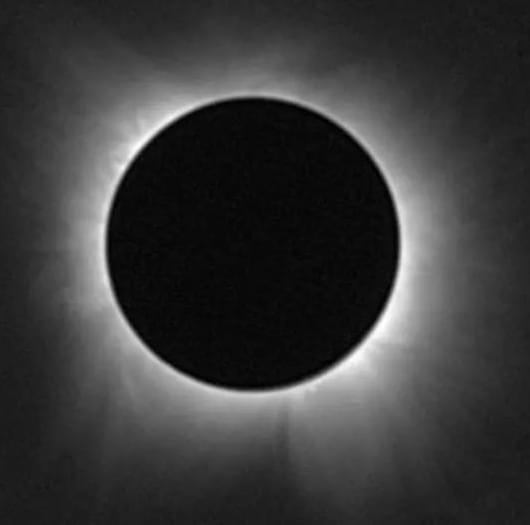
NASA’s Solar Eclipse Mission: Exploring the Sun’s Impact on Earth
What can solar eclipses teach us about the Sun and how it interacts with the Earth’s atmosphere? This is what a recent press briefing conducted at the American Geophysical Union 2024 Fall Meeting hopes to address as a team of scientists from the Citizen CATE 2024 (Continental-America Telescopic Eclipse) project reported on findings that were obtained during the April 8, 2024, total solar eclipse over North America.
“Scientists and tens of thousands of volunteer observers were stationed throughout the Moon’s shadow,” said Dr. Kelly Korreck, who is the NASA Program Manager for the 2023 and 2024 Solar Eclipses. “Their efforts were a crucial part of the Heliophysics Big Year – helping us to learn more about the Sun and how it affects Earth’s atmosphere when our star’s light temporarily disappears from view.”
Consisting of a combination of both professional and citizen scientists using a combination of images, spectroscopy, and ham radios, the large team comprised of Citizen CATE 2024 made groundbreaking observations of the 2024 solar eclipse, along with ascertaining how radio signals were influenced during the eclipse. In the end, the team of more than 800 individuals discovered that eclipses produce atmospheric gravity waves, or ripples within the Earth’s atmosphere. Additionally, the ham radio operators, comprised of more than 6,350 individuals, discovered that radio communications improved both within and outside the eclipses’ path of totality at frequencies between 1 to 7 Megahertz, whereas communications became worse at frequencies above 10 Megahertz.
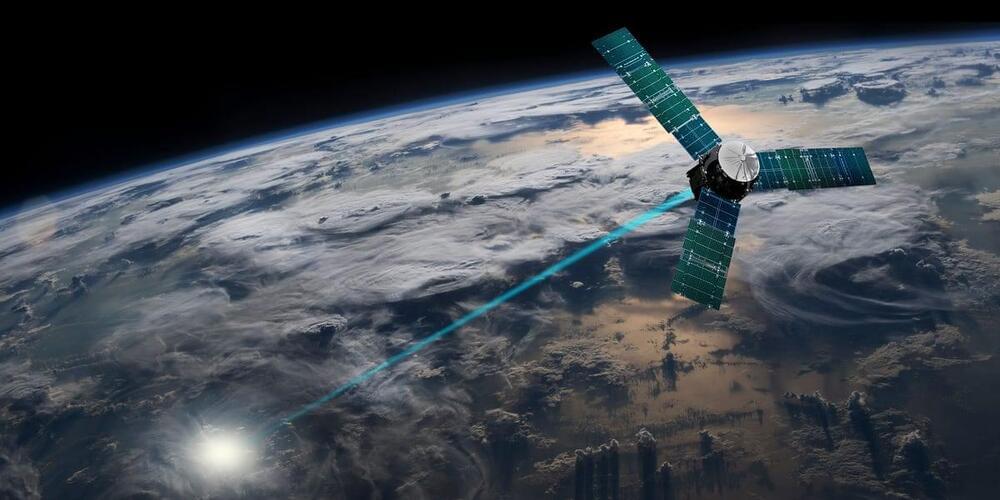
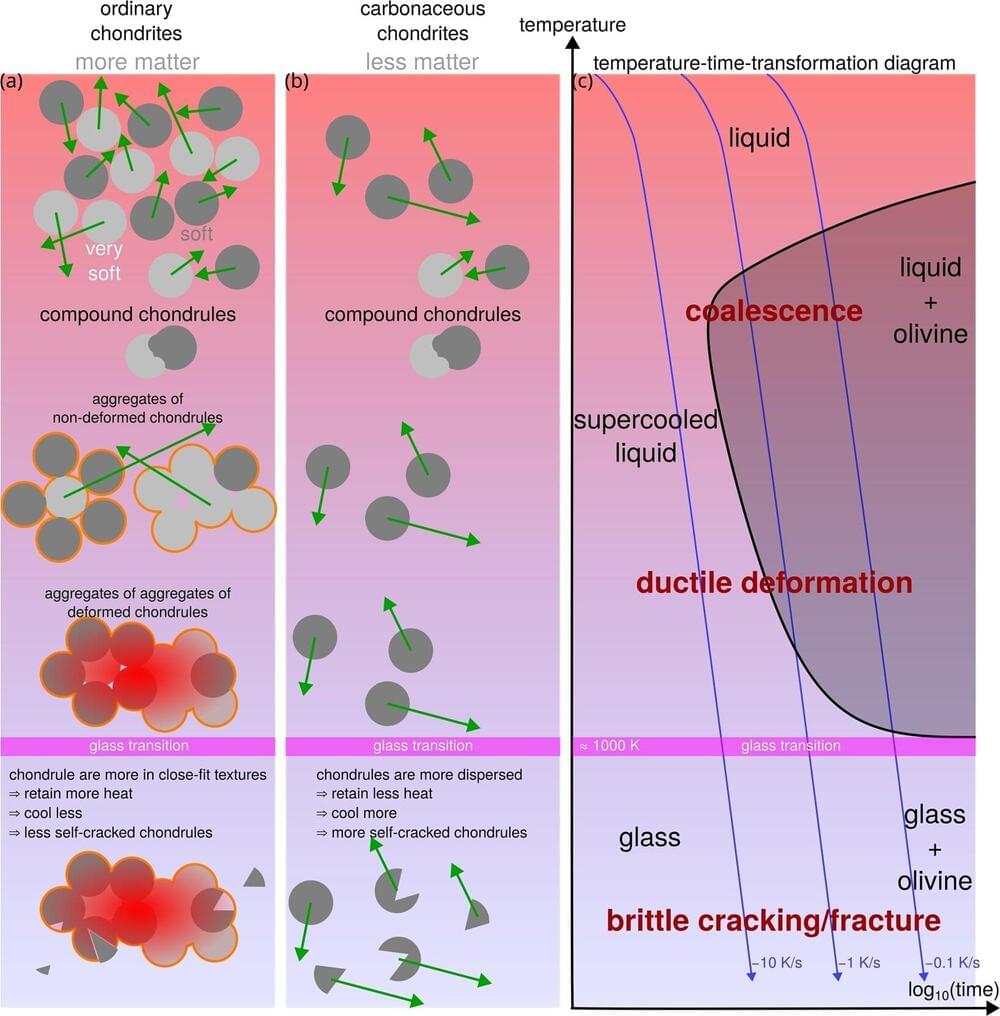
Primitive meteorites formed in less turbulent solar nebula, researchers suggest
Chondritic meteorites (chondrites) are some of the oldest rocks in our solar system, forming 4.5 billion years ago. Therefore, their primitive composition means that they offer a window into the origins of planet formation, particularly as their major elements (heavier than hydrogen and helium, including oxygen, silicon, magnesium, iron and nickel) closely reflect the sun’s photosphere composition.
Melting and clumped accumulation (accretion) of dust particles at high temperatures (up to 2,000 Kelvin [~1,727 °C]) in the protoplanetary disk formed crystallized silicate spheres known as chondrules, which further joined together to produce asteroids, the remnants of planetary genesis.
There are two main types, believed to have formed in the inner and outer solar system respectively: ordinary chondrites are composed of up to 90% chondrules, while carbonaceous chondrites have only 20–50% chondrules within a background matrix.
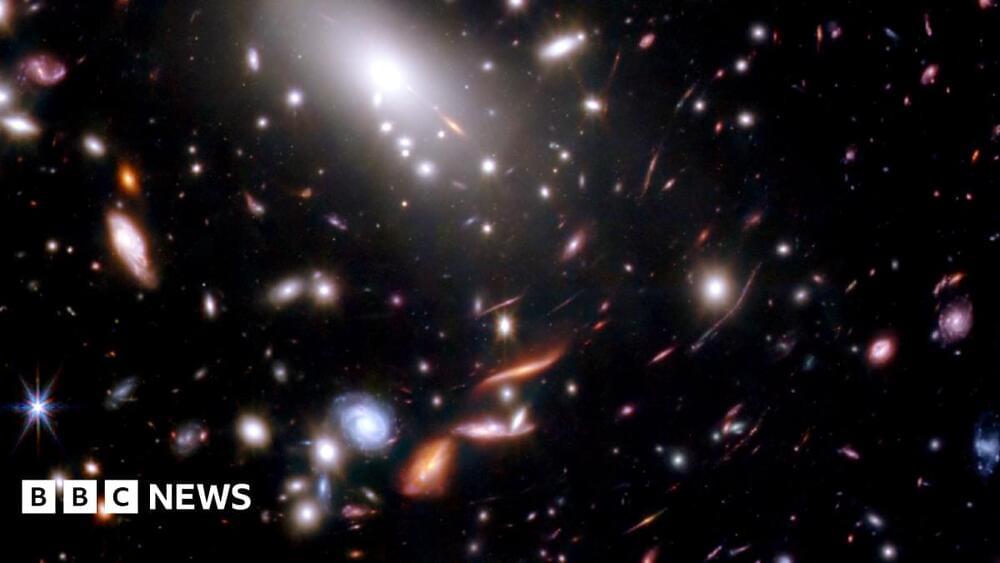
Firefly Sparkle: ‘Christmas’ galaxy reveals how Universe formed
NASA’s James Webb Space Telescope (JWST) has for the first time captured an image of what our galaxy likely looked like just as it was forming — and it’s got space scientists feeling very Christmassy.
“I just love the sparkle galaxy with its Christmas lights shining as it was when the Universe was just 600 million years old,” Prof Catherine Heymans, Scotland’s Astronomer Royal, told BBC News.
The image shows ten balls of stars of different colours, appearing like Christmas tree baubles hanging in the cosmos.
Google’s new Project Astra could be generative AI’s killer app
Google DeepMind has announced an impressive grab bag of new products and prototypes that may just let it seize back its lead in the race to turn generative artificial intelligence into a mass-market concern.
Top billing goes to Gemini 2.0—the latest iteration of Google DeepMind’s family of multimodal large language models, now redesigned around the ability to control agents—and a new version of Project Astra, the experimental everything app that the company teased at Google I/O in May.
MIT Technology Review got to try out Astra in a closed-door live demo last week. It was a stunning experience, but there’s a gulf between polished promo and live demo.
Google just launched a ton of new products—including Gemini 2.0, which could power a new world of agents. And we got a first look.

ORCs in space! Astronomers find another vast odd radio circle in ‘completely unexpected discovery’
The newly found ORC, designated ORC J0219–0505, was discovered in data from the MIGHTEE survey conducted by the MeerKAT radio telescope located in the Meerkat National Park in the Northern Cape of South Africa. The 371,600 light-year-wide ORC seems to be associated with the elliptical galaxy WISEA J021912.43–050501.8. It has features that seem to set it apart from other ORCs, including the fact that it appears fainter and that details of its structure reveal it leans to one side.
“Odd Radio Circles: Circles of radio emission found around distant galaxies that we still don’t understand,” lead researcher and Western Sydney University astronomer Ray Norris told Space.com. “It’s a completely unexpected discovery, not predicted by the physics we already know, and therefore revealing a gap in our knowledge.
So we hope these will tell us something new about how galaxies form and interact.
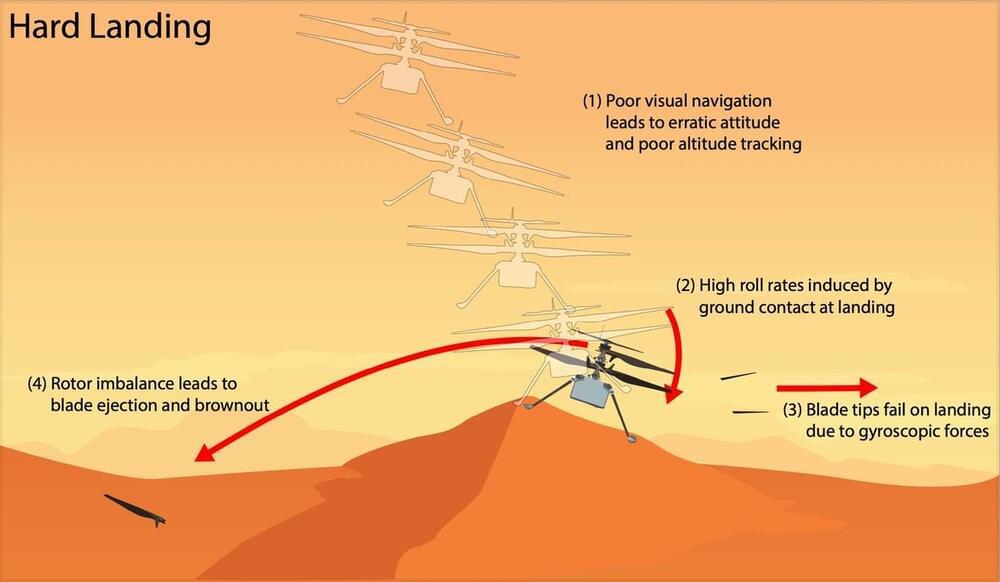
Ingenuity’s Last Hop: Lessons from Mars’ First Aircraft
What can NASA’s Ingenuity helicopter on Mars teach us about flying on other planets? This is what engineers at NASA’s Jet Propulsion Laboratory recently investigated ever since the robotic pioneer performed its last flight on the Red Planet’s surface on January 18, 2024. The purpose of the investigation was to ascertain the likely causes for Ingenuity’s final flight, as the team found damage to the helicopter’s rotor blades in images sent back to Earth. This investigation holds the potential to help scientists and engineers improve upon Ingenuity’s design for future flying robots on other worlds.
“When running an accident investigation from 100 million miles away, you don’t have any black boxes or eyewitnesses,” said Dr. Håvard Grip, who is a research technologist at NASA JPL and Ingenuity’s first pilot. “While multiple scenarios are viable with the available data, we have one we believe is most likely: Lack of surface texture gave the navigation system too little information to work with.”
The reason for Ingenuity’s “retirement” was due to damage to its rotor blades it sustained during Flight 72, which turned out to be its final flight, due to navigation system failures in identifying a safe landing spot. As a result, engineers hypothesized that Ingenuity experienced a hard landing due to insufficient navigation data, breaking the rotor blades due to higher-than-expected loads. The findings from this investigation will help engineers implement better designs for NASA’s upcoming Mars Sample Return mission, which is currently in the design phase with an anticipated launch date of 2026.
A test stand for the High-Luminosity LHC
An impressive operation recently took place in CERN’s magnet test hall. The innovative cold powering system has been successfully installed in the High-Luminosity LHC (HL-LHC) Inner Triplet (IT) String test stand. This novel system comprises a long electrical transmission line, which has been specially developed to transport currents to the magnets across a wide range of temperatures. Its installation in the IT String follows on from the installation of the novel protection system and is an important milestone in the development of the HL-LHC.
The High Luminosity LHC (HL-LHC) is a major upgrade of CERN’s Large Hadron Collider (LHC), which aims to increase the number of particle collisions (luminosity) and consequently boost the amount of physics data that can be collected, allowing further discoveries to be made.
Innovative beam-focusing magnets, known as inner triplets, are a major part of this upgrade. These magnets will be deployed on both sides of the beam interaction points at the ATLAS and CMS experiments with new powering, protection and alignment systems and – just like the LHC magnets – they will operate at 1.9 K (an extremely cold temperature, colder than deep outer space).
